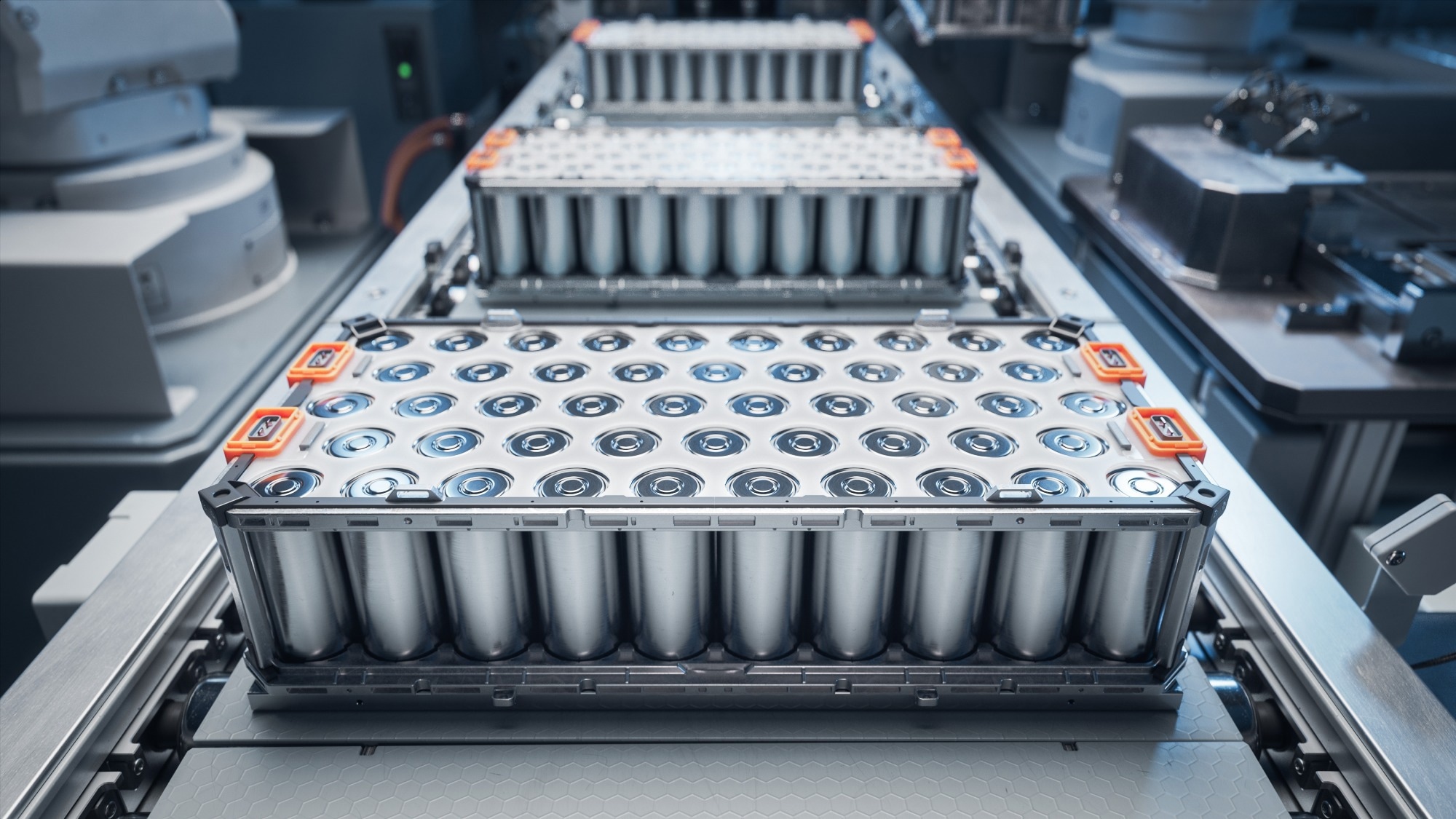In a paper published in the journal Heliyon, researchers presented a deep learning (DL)--based approach for estimating the state of charge (SOC) in electric vehicle (EV) batteries. They trained a sophisticated model using real-world driving data from a BMW i3 EV and environmental and vehicle parameters. The approach significantly improved SOC estimation accuracy, outperforming traditional methods. This research marked a notable advance in battery management and EV efficiency.
 Study: DL Optimizes EV Battery SOC Estimation for Efficiency. Image Credit: IM Imagery/Shutterstock.com
Study: DL Optimizes EV Battery SOC Estimation for Efficiency. Image Credit: IM Imagery/Shutterstock.com
Background
Past work has highlighted the challenges in accurately estimating the SOC for EVs due to the complex interactions between environmental conditions, vehicle parameters, and battery health. Traditional methods, relying on simplistic models, often fail to capture these dynamics, leading to estimation errors. Additionally, battery behavior's non-linear and time-varying nature under different operating conditions further complicates accurate SOC prediction. The practical usefulness of these models is further limited by the fact that many studies need real-world data.
Methodology and Model Development
This study outlines the research methods, rationale, and innovations, focusing on using multiple linear regression models. These models use multiple predictor variables to create a linear relationship between an output variable and various input factors. Training on relevant data establishes a model to capture this relationship, enabling accurate predictions. The foundational concept of using regression analysis informs the development of more complex models for the study.
The DL predictive model primarily focuses on input data from the vehicle's physical model and auxiliary system power consumption, including factors like remaining power, vehicle speed, slope, acceleration, wind speed, weather conditions, air conditioning settings, and light status. The team used the output of this prediction model, which is the battery's SOC. They used sophisticated NN topologies to increase the precision of these forecasts.
Artificial NN (ANN) has been extensively applied across numerous intelligence fields. Combining NN with other control techniques efficiently addresses the nonlinearity and uncertainty present in control systems. While dynamic recurrent NN (RNNs) garner considerable attention for their capacity to capture historical and present data, multi-layer feed-forward NN (FNN) remains one of the most often used models. It makes them especially useful for tasks like SOC estimates in EVs.
The study initially utilized an RNN to capture temporal dependencies within the driving data. However, analysis revealed that the sequential nature of the data did not significantly influence the accuracy of SOC estimation. As a result, the model was transitioned to a feed-forward architecture, simplifying it without compromising performance. This decision was supported by comparative testing, where the feed-forward model demonstrated equal or improved accuracy across multiple datasets.
DL Advancements
This research introduces a DL-based method for estimating EV batteries' SOC, addressing critical technological challenges in this domain. A multi-layer perceptron (MLP) NN, which is specifically intended for predicting the SOC, is utilized in this study. An input layer, three hidden layers with different numbers of neurons, and an output layer are the components of this architecture.
The rectified linear unit (ReLU) activation function adds nonlinearity, essential for capturing intricate relationships within the data. The goal of the 1000 epochs of training the model using the Adam optimizer is to reduce the mean squared error (MSE) between the predicted and real SOC values. The learning rate and batch size are 0.001 and 32, respectively. The dataset, sourced from real-world data from a BMW i3, includes 24 environmental, vehicle, and battery parameters features reflecting various driving conditions.
The outcomes show that the DNN model effectively estimates battery SOC as there is a high degree of agreement between the predicted and real SOC values. Comparing the DNN against various metrics, such as root mean square error (RMSE), mean absolute error (MAE), and R-squared values, shows that it consistently performs better than the traditional robust regression technique.
Notably, the DNN method performs superior in both summer and winter trials, underscoring its adaptability to environmental variations. This adaptability highlights the DNN's potential to handle the nonlinearities and complexities inherent in SOC estimation, making it a more reliable and versatile approach than linear models like Robust Regression.
The findings suggest significant implications for battery management systems (BMS), as the DNN's consistent accuracy under varying conditions could lead to more precise SOC estimations, thereby enhancing the efficiency and reliability of EV performance. The study underscores the critical role of advanced machine learning (ML) techniques in overcoming the challenges associated with accurate SOC estimation. The comparison highlights the limitations of traditional methods. It brings up new avenues for investigating DL architectures tuned for environmental resilience, which could create more flexible and effective battery management systems for electric cars.
Conclusion
To sum up, the study effectively demonstrated the innovative application of DL for battery SOC estimation in EVs, outperforming traditional methods in accuracy and reliability. Using real-world data from a BMW i3 EV enhanced SOC estimation and provided valuable insights for stakeholders in policy-making and battery technology development. The research contributed to addressing range anxiety and advancing sustainable transportation by improving EV efficiency.